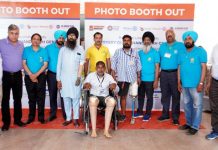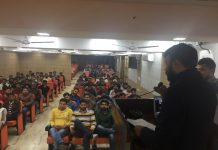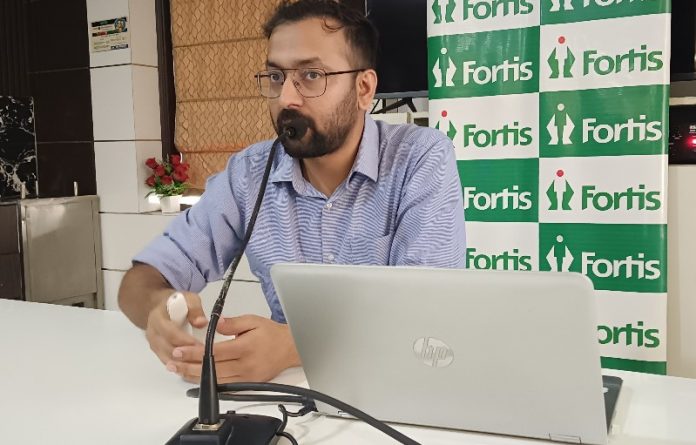Poanta Sahib
17 August 2023
DIVYA AZAD
A 39-year-old man was undergoing a challenging time due to unexplained weight loss, chronic pain in the lower abdomen and constipation. The Patient had approached several doctors earlier, but after his symptoms failed to subside, he approached Dr Rohit Dadhwal, Consultant, Department of Urology, Andrology and Robotic Surgery, Fortis Hospital Mohali, recently.
Medical investigation revealed that the Patient had left undescended testes with a large mass (16x 10 cm) in between the rectum and the urinary bladder, which was densely stuck to both the organs. Further investigations revealed a high value of tumour marker AFP (Alfa Fetoprotein), around 58000, and the PET Scan suggested multiple metastasis, implying that the infection had spread widespread. An AFP tumour marker test is a blood test that measures the level of AFP (alpha-fetoprotein) in the blood.
Dr Dadhwal further diagnosed Mixed Germ Cell Tumour and the Patient was put on three cycles of chemotherapy. After the chemotherapy tumour marker came down to an acceptable level (AFP – 188), a PET Scan was done which showed reduction of the mass to 8×5 cm along with multiple peritoneal and omental metastasis.
The Patient was then electively planned for surgery and Dr Dadhwal and his team performed Robot-assisted excision of pelvic mass along with removal of peritoneal metastasis and Omentectomy through the world’s most advanced 4th Generation Robot – Da Vinci Xion 14th July this year. Robot-assisted surgery is considered as the gold standard treatment in such complicated cases.
The Patient had a smooth post-operative recovery and was discharged three days after the surgery on 17th July, 2023. He was able to walk on the next day of the surgery and is leading a normal life today.
Discussing the case, Dr Dadhwal, said, “Cases where undescended testes develops a tumour and spreads to the surrounding area are rare. As the Patient had received chemotherapy and the mass, which was situated deep in the pelvis, was stuck to the vital organs, a meticulous dissection was required to preserve the normal function. Robot-aided surgery is the best option in such cases. Robot-aided Surgery is the latest form of minimal invasive surgery and provides a 3D view of the operative field via a special camera inserted into the body of the patient. Parts of the body which are difficult to reach with the human hand can be accessed through robot-assisted arms that can rotate 360 degrees.”
“The Patient’s histopathology report also showed no active cancer tissue and the tumour marker (AFP) had come down to 30, indicating a good disease control,” added Dr Dadhwal.
























































